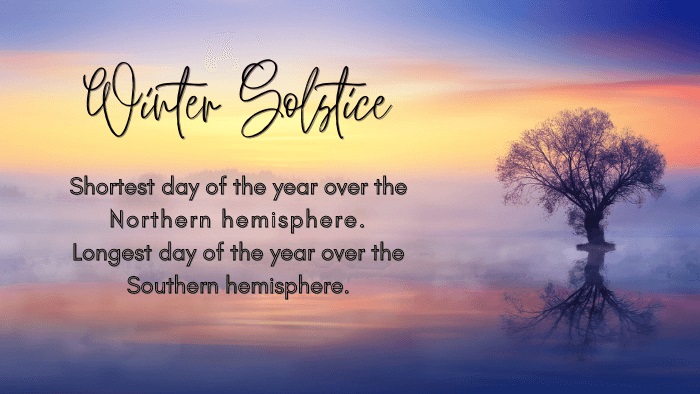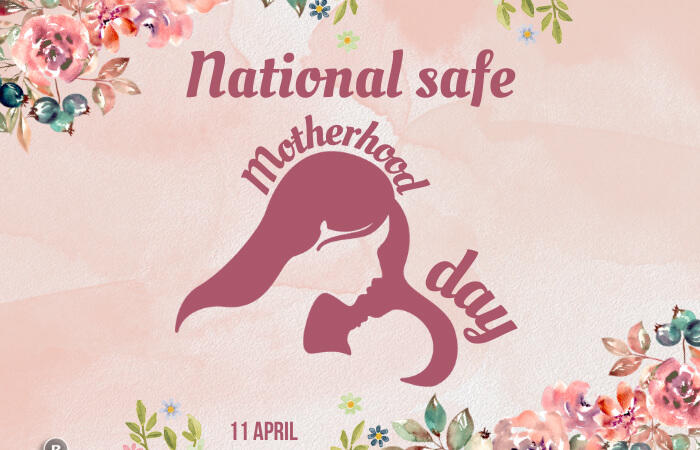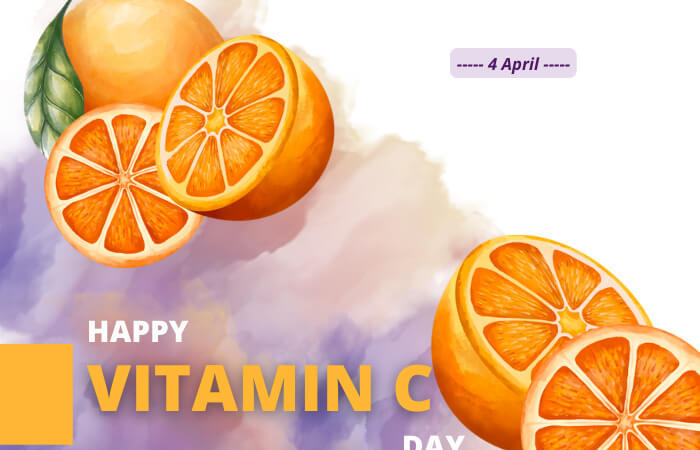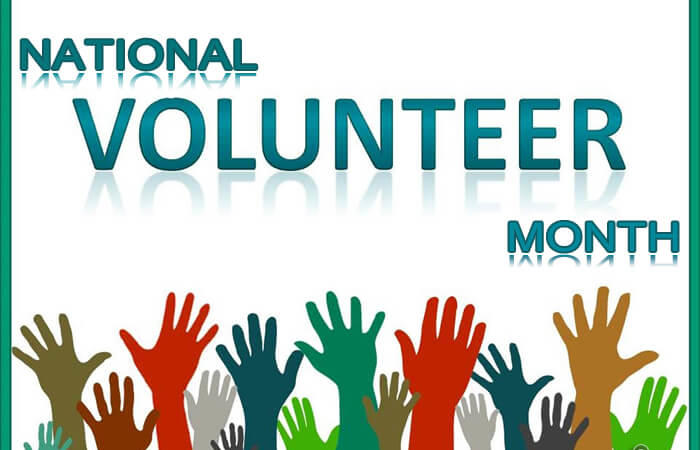Winter Solstice: Shortest Day and Longest Night of the year

The Winter Solstice, also called hibernal solstice marks the shortest period of daylight and longest night of the year for the Northern Hemisphere, when the Sun is in the farthest south in the Northern Hemisphere (December 21 or 22) and farthest north in the Southern Hemisphere (June 20 or 21).
When does Winter Solstice happen?
The winter solstice can fall on December 20, 21, 22, or 23. That is true for those of us living in the Northern Hemisphere who are experiencing winter. However, because of the Earth’s tilt, those in the Southern Hemisphere are having their summer solstice in December. Likewise, their winter solstice is in June.
In 2022 Winter Solstice in Northern Hemisphere will be on Wednesday, December 21st.
Celebrating the Solstice
Early nightfall. Crisp mornings. The sharp silhouette of leaf-bare branches. Orion marching across the evening sky. These are some familiar signs of winter. People around the world honor the occasion in a variety of ways, and winter solstice celebrations and traditions date back to prehistoric times.
Winter solstice, can be a profound way to tune into the magic and beauty of the season. People go places to see this spectacular experience among all the places Stonehenge in the UK is the most visited place. When the solstice occurs, you can experience the light of the sun’s rays peeking through the stones which are in perfect alignment with the sun. It is believed that the ancient civilizations that built Stonehenge probably did so with the winter solstice specifically in mind.
On the weekend of the winter solstice, people visit the monument of Stonehenge at sunrise to celebrate the beginning of longer days. In other parts of the world also various festivals are celebrated during this time from Scandinavia to China, with bonfires, family gatherings, music, and poetry used to symbolically celebrate the sun.
10 Interesting solstice observations

-
At Stonehenge in England, sunrise on winter solstice illuminates a particular part of the henge monument.
-
Neolithic monuments Newgrange in Ireland and Maeshowe in Scotland are also aligned with sunrise on the winter solstice.
-
The Incan empire, located in the Southern Hemisphere, celebrated winter solstice in June at an event called Inti Raymi (“sun festival”). This was marked by fasting followed by cups of sacred beer and animal sacrifice.
-
Pagan Scandinavia and Germany had a 12-day midwinter festival called Jul (pronounced Yule). The particular god of these feasts was Jólner. Modern pagans following in these traditions continue to observe Jul. Yule logs come from this celebration.
-
Saint Lucia’s Day, taking place at about this same time particularly in Scandinavian countries honors an early Christian martyr. Young girls wear crowns of lit candles and wear white dresses with red sashes.
-
In Eastern Europe, pagan Slavs celebrated Koliada, named for the resurrected infant sun. These days, Koliada refers to the custom of young people and children traveling from house to house singing and having fun on Christmas Eve.
-
In Japan, there is a custom of soaking oneself in a hot bath scented with yuzu, a citrus fruit, on Tōji, the winter solstice.
-
In Iran, Yaldā night is celebrated during the Northern Hemisphere’s winter solstice. It is a time of family gathering, usually at the house of the eldest family members, with eating, drinking, and reading poems.
-
In Western Christian tradition, there is Blue Christmas (also known as The Longest Night) observance when some churches hold a special service that honors people who have lost loved ones during the year.
-
In East Asia, particularly those areas influenced by Chinese culture, the Dōngzhì Festival is held at the winter solstice. It is an important time for families to get together, enjoy special foods, and worship together.
Suggested Read: Summer Solstice






